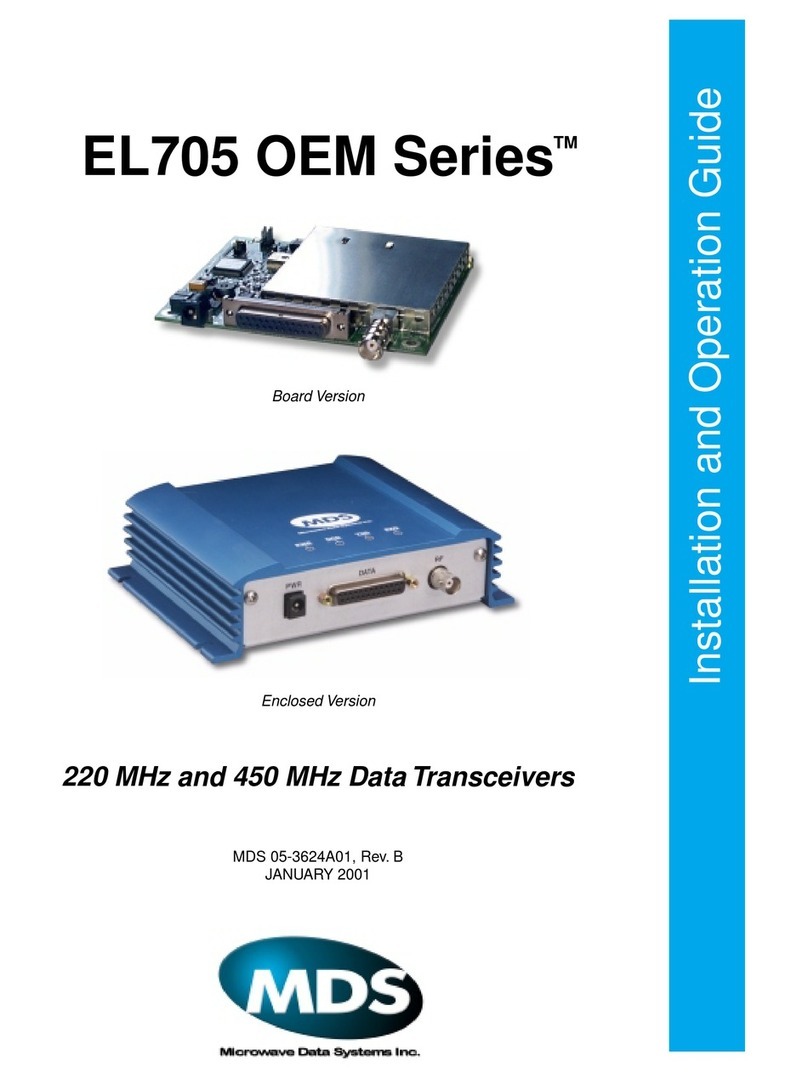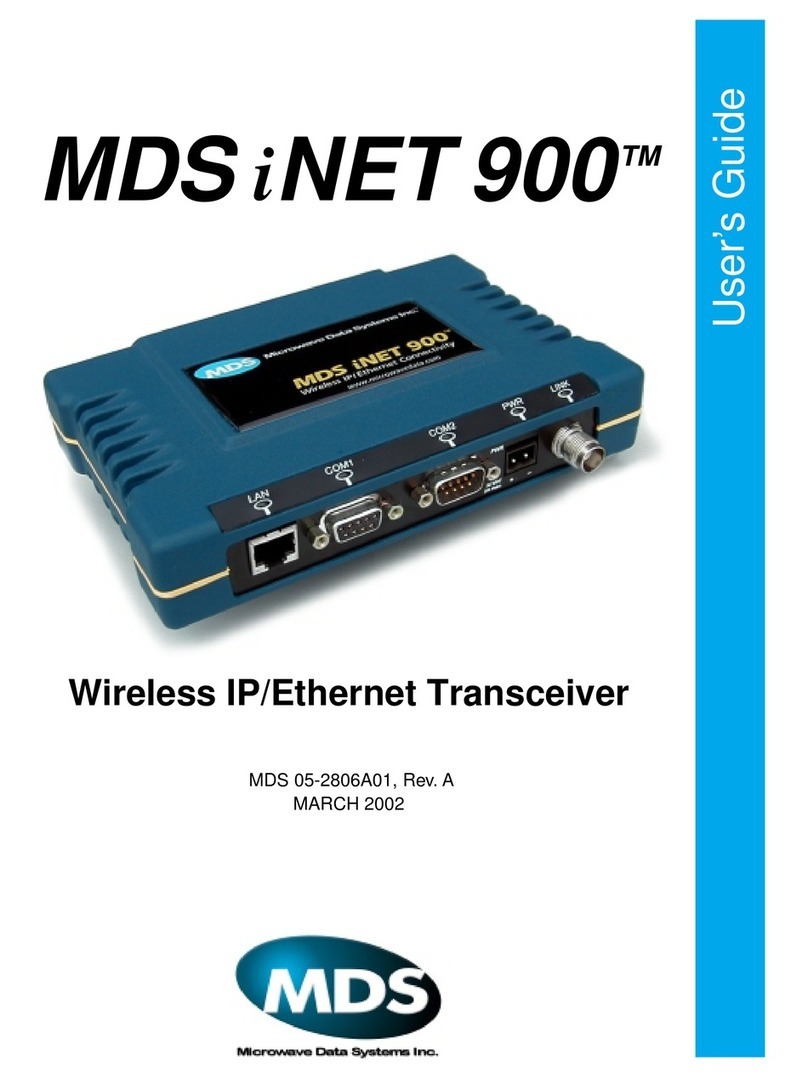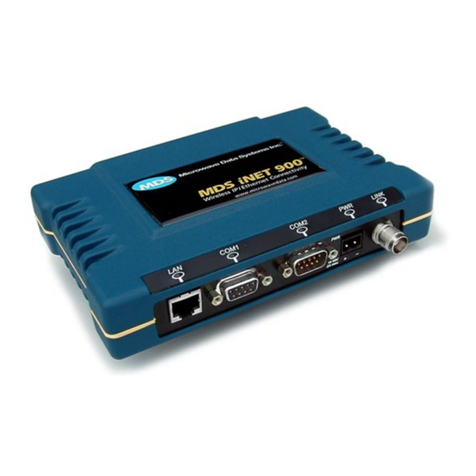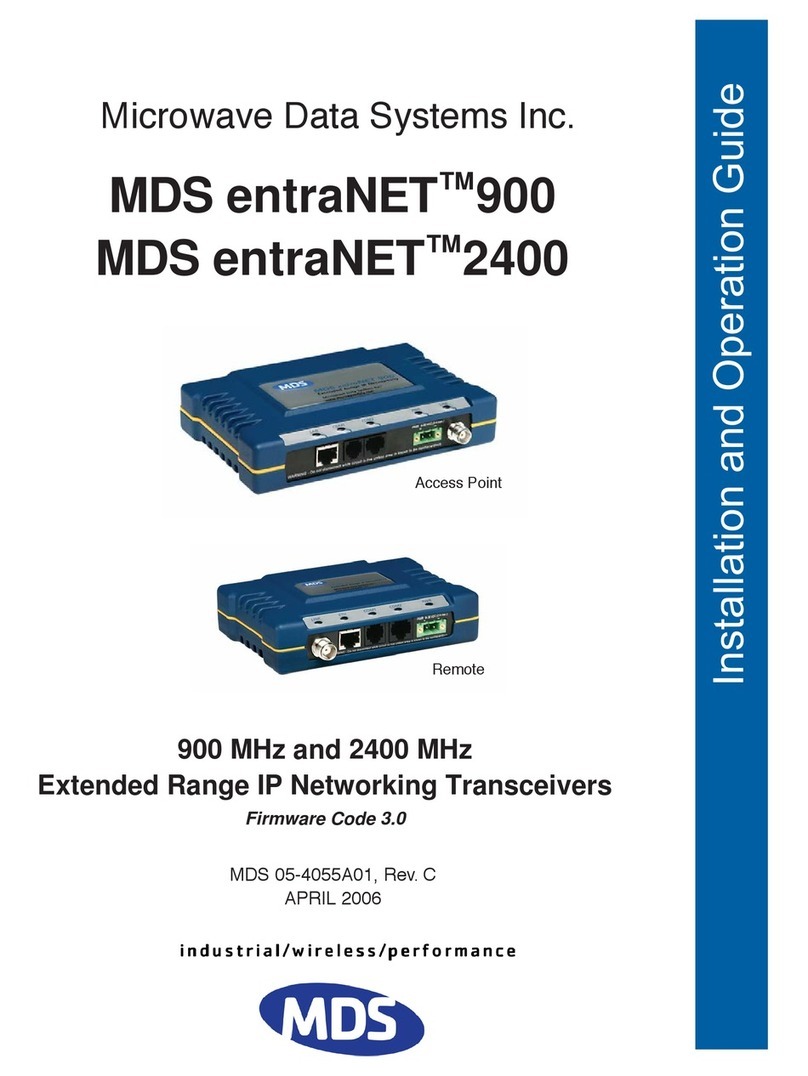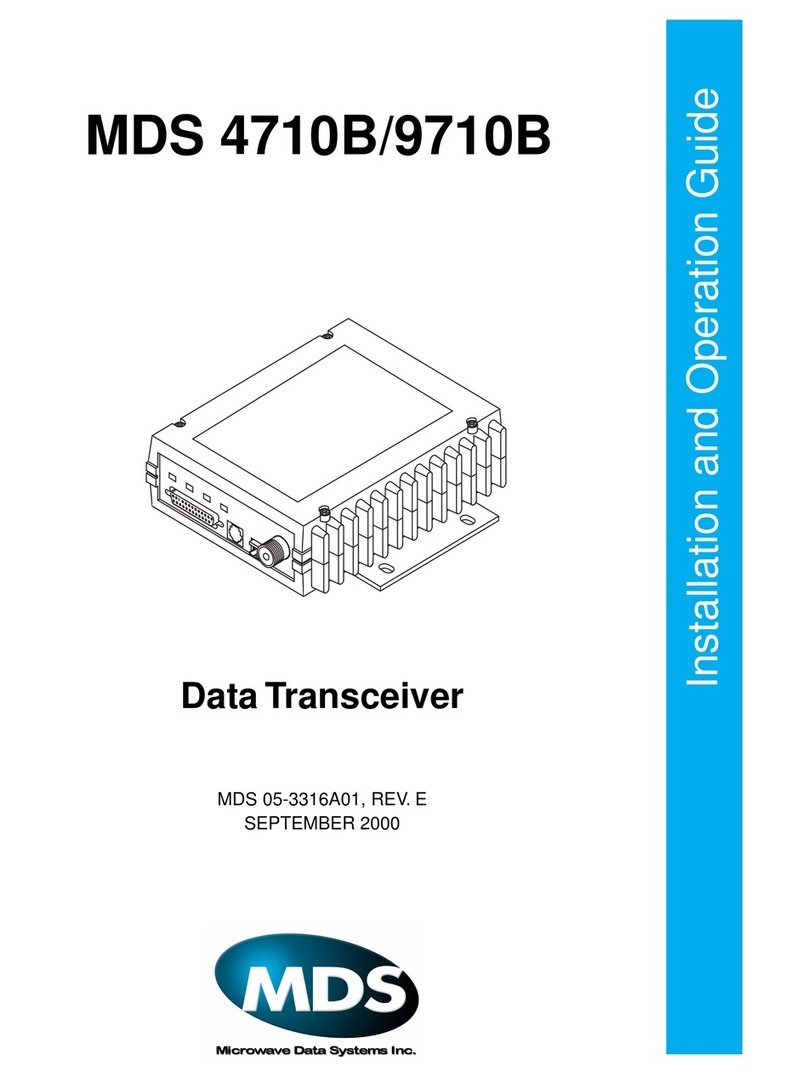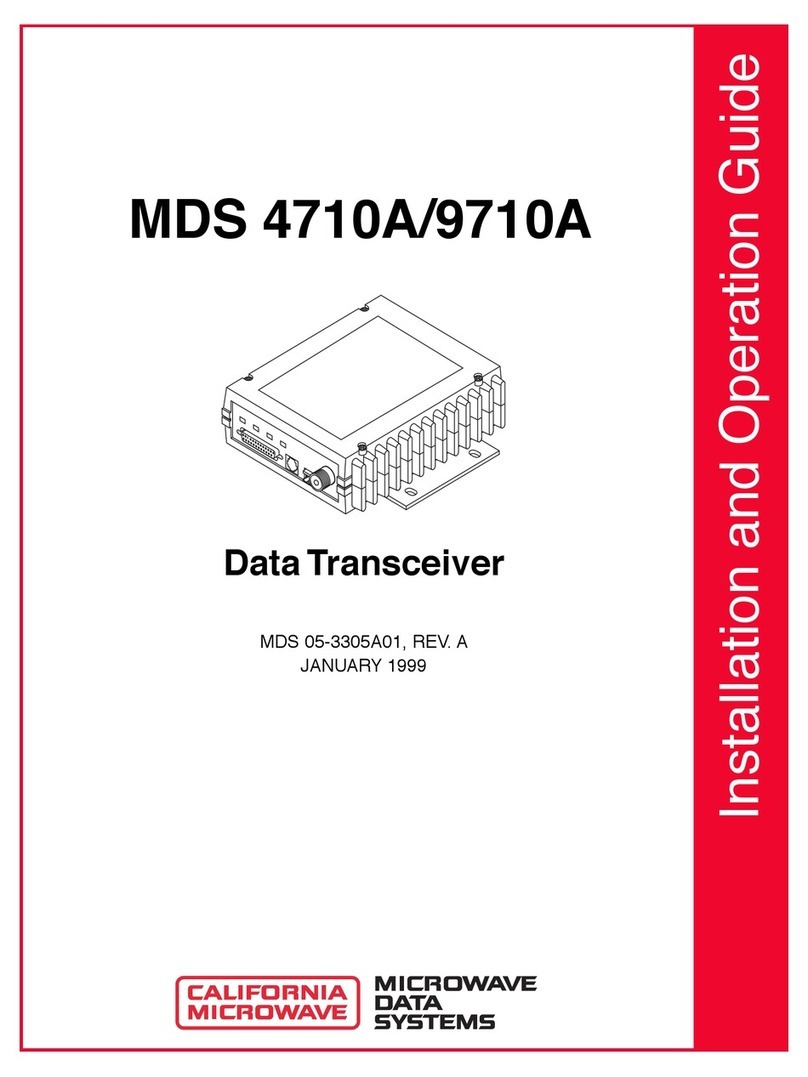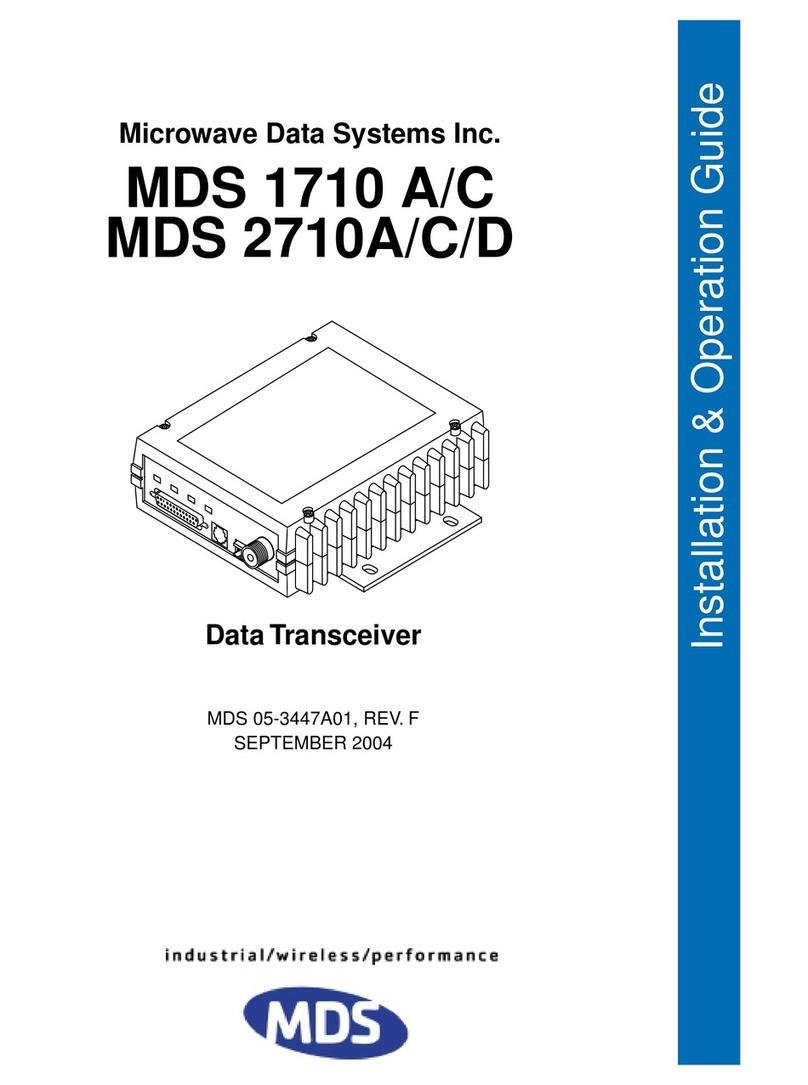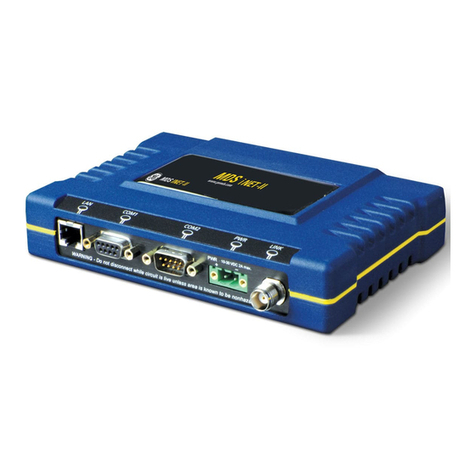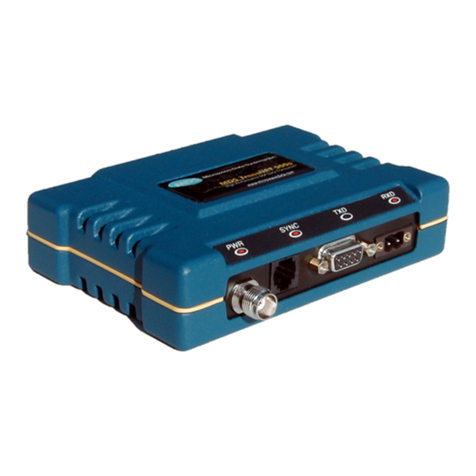
ii MDS 4710/9710 I/O Guide MDS 05-3305A01, Rev. B
DMGAP [xx]......................................................................................25
DTYPE [NODE/ROOT].....................................................................26
DUMP...............................................................................................26
HREV................................................................................................26
INIT...................................................................................................26
INIT [4710/9710]...............................................................................26
INIT [4720/9720]...............................................................................27
KEY ..................................................................................................27
MODEL.............................................................................................27
MODEM [xxxx, NONE].....................................................................27
OWM [XXX...] ...................................................................................27
OWN [XXX...]....................................................................................27
PTT [0–255]......................................................................................27
PWR [20–37]....................................................................................27
RSSI.................................................................................................28
RTU [ON/OFF/0-80]..........................................................................28
RX [xxx.xxxx]....................................................................................28
RXTOT [NONE, 1-255].....................................................................28
SCD [0-255]......................................................................................29
SER..................................................................................................29
SHOW [DC, PORT, PWR].................................................................29
SNR..................................................................................................29
SREV................................................................................................29
STAT .................................................................................................29
TEMP................................................................................................30
TOT [1-255, ON, OFF]......................................................................30
TX [xxx.xxxx] ....................................................................................30
UNIT [10000...65000].......................................................................30
6.0 TROUBLESHOOTING...............................................................30
6.1 LED Indicators ................................................................................31
6.2 Event Codes ...................................................................................31
Checking for Alarms—STAT command.............................................31
Major Alarms vs. Minor Alarms.........................................................32
Event Code Definitions.....................................................................32
7.0 TECHNICAL REFERENCE ....................................................... 33
7.1 MDS 4710/9710 Transceiver Specifications ...................................33
7.2 Helical Filter Adjustment ................................................................36
7.3 Performing Network-Wide Remote Diagnostics .............................37
7.4 Upgrading the Radio’s Software .....................................................38
7.5 dBm-Watts-Volts Conversion Chart ................................................40
